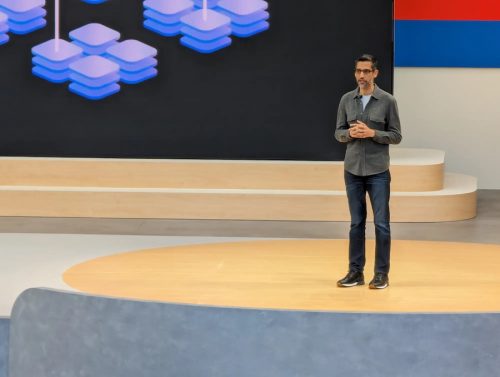C-V2X, a vehicle’s communicator between cars, can help reduce accidents and enhance autonomous driving.

The latest invention reported by MIT Technology Review, is capable of informing self-driving vehicles about obstacles and connecting them to their surroundings.
C-V2X is a peer to peer wireless technology developed by Ericsson, Huawei, Nokia and Qualcomm. The cars that had C-V2X installed sent and received wireless signals about 10 times per second, displaying information and warnings about pedestrians, storms and accidents on their windshields or dashboards.
A demo that took place in Colorado on August 14 showed that the technology was capable of communicating route information between cars, booths, signs, and other infrastructure. This could be a breakthrough innovation for automakers, especially as telecom operators are launching next generation wireless network known as 5G, which will give C-V2x much more bandwidth than current mobile networks and help speed up the vehicle’s data exchange progress.
“When we get to 5G, you’ll be able to know when a vehicle far ahead of you intends to change lanes or starts to brake even if it’s beyond your line of sight,” said Duggal, Qualcomm’s Vice President of Product Management. “There could even be special lanes where autonomous vehicles are allowed to travel really fast because they’re able to share information about incoming and outgoing traffic at great speed.”
Following the first layer of the AIWS 7-Layer Model—the set of ethical standards for AI developed by MDI—AI should not be able to put at risk the health and safety of humans. Therefore, we should always keep in mind the risk of malfunction in self-driving cars, and users’ safety needs to be guaranteed by developers.










